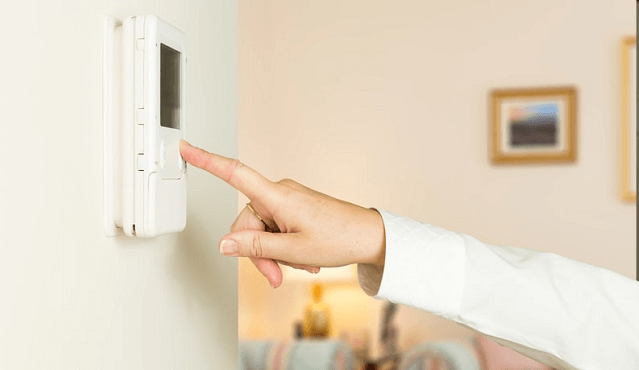
9 Steps To Take Before Turning On Your HVAC System
Read Count : 254
Category : Blogs
Sub Category : Science and Technology
The end of the cold season and the beginning of summer is exactly the period when your HVAC unit stays untouched most of the time. The majority of homeowners simply wait to turn on the ventilation system when necessary and begin cooling their places. However, that’s not the case. There is a certain procedure to do before getting your system ready for summer which will ensure its proper functioning during the entire hot season. 1. Check the filters Do you remember when exactly you checked the filters the last time? If not, it’s time to do it. The experts strongly advise to clean the filters. How often they should be cleaned depends on the type of filters you use and how often your system is in operation. Make sure the filters are free of debris and other pollutants. This will ensure a better airflow and will reduce the workload on your HVAC system. More than that, a clean filter is a guarantee of better indoor air quality. 2. Change the filters if necessary It is recommended to change the filters from time to time. Experts from Sem’s Duct Cleaning advise to do it at least once in two to three months. However, this time period may vary. It all depends on certain factors such as: • the size of your place, • your health condition or • the condition of family members, • how often you turn on the system, • whether there are pets and smokers at home or not. If any of your family members suffer from asthma, allergies, or any other respiratory diseases, you should consider the replacement of filters more often. 3. Check the condition of thermostat Nowadays, the majority of homeowners assume that the cooling system has to start its operation automatically once the temperature outside begins to rise. However, you have to verify your system first and make sure your equipment is working properly. Switch the thermostat from heating to cooling and remember to set the right degree which usually has to be a bit lower than current indoor temperature. To be continued…
Comments
- No Comments

